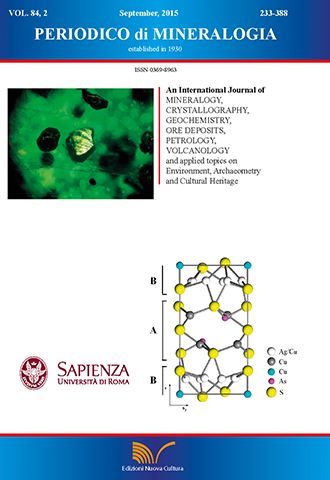Ammonium-exchanged zeolitite preparation for agricultural uses: from laboratory tests to large-scale application in ZeoLIFE project prototype
DOI:
https://doi.org/10.2451/2015PM0015Keywords:
Zeolitite, Ammonium, CEC, Swine manure, Fertilizer, PrototypeAbstract
Water nitrate pollution is one of the biggest environmental issues in all those Countries whose economy is largely based on agriculture. Limiting the nitrogen compound input in the soil-water-air system requires the development of innovative and sustainable farming practices, allowing the reduction of fertilizer amounts but assuring good yields. This study describes the optimization of the uptake of swine manure-derived ammonium by zeolitite, as one of the first result of ZeoLIFE project (“Water pollution reduction and water saving using a natural zeolitite cycle”, LIFE+10 ENV/IT/000321). Natural Italian chabasite-bearing zeolitite has been mixed with swine manure at different zeolitite/manure ratios and operative conditions, in a series of laboratory batch tests. The effective NH4+-uptake has been measured with different methods, in order to validate the best criteria to reproduce the cation exchange reaction at large scale in a prototype, specifically conceived and built for the industrial production of NH4+-charged zeolitite. Experimental results indicate that the best conditions for maximum ammonium uptake are matched using a zeolitite/manure ratio of 25 g/L, a stirring time of 45 minutes and a resting time of 12 hours. These experimental conditions, when operatively applied at the prototype, always led to a good absorption of ammonium, although appreciably less than that obtained in laboratory tests. The obtained material has been spread into an agricultural field, where an increase of the yield has been obtained notwithstanding a significant reduction of the chemical fertilization.


